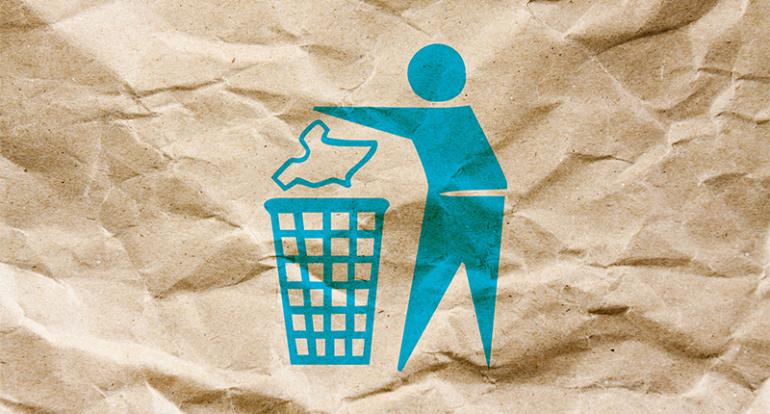24th Comieco report: growth in waste paper collection in Italy (+4% in 2018)

From the analyses contained in the 24th Comieco report, separate waste paper and cardboard collection in Italy grew by 4% in 2018 to over 3.4 million tons (127,000 tons more than in 2017). The per capita average stood at 56 kg/inhabitant (64.9 in Northern, 68.3 in Central and 38.1 in Southern Italy).
Emilia-Romagna topped the regional rankings with more than 90 kg/inhabitant of paper and cardboard, followed by Trentino-Alto Adige (83 kg/inhabitant) and Valle d’Aosta (79.6 kg/inhabitant). All regions reported year-on-year growth for the first time in 12 years.
Southern Italy saw 9% growth, driven by the excellent performance of Sicily (+31.5%) with the best overall percentage result. Northern Italy also performed well with 2.9% growth despite being a mature area in terms of waste collection. The limited growth of Central Italy (just +1.4%) was largely caused by the situation in Rome, which in terms of population and capacity is comparable almost to an entire region.
Growth in domestic consumption of paper for recycling was sustained by the opening of new paper mills and investments in many existing mills. Exports remained stable at around 1.9 million tons. Although volumes to China fell by more than 40% (from 1 million tons in 2016 to under 600,000 tons in 2018), new markets were opened up in Southeast Asia, led by Indonesia. In general, the report reveals how the paper industry reflects the changing patterns of consumption across society as a whole.
For the first time in history, the production of paper and cardboard for packaging has exceeded all other uses, driven by the growing needs of the e-commerce market and the growth of food delivery services. The paper, card and cardboard supply chain therefore remains one of the pillars of the circular economy.
Issues that remain to be resolved include a new End of Waste regulation and the recovery of waste that has been incorrectly disposed of in recycle containers.

















